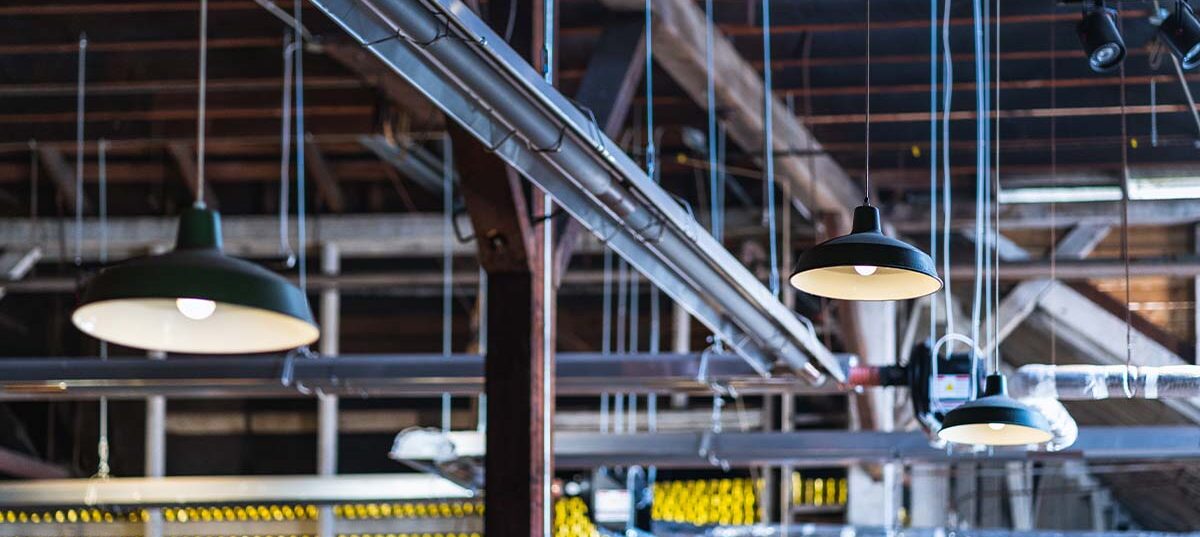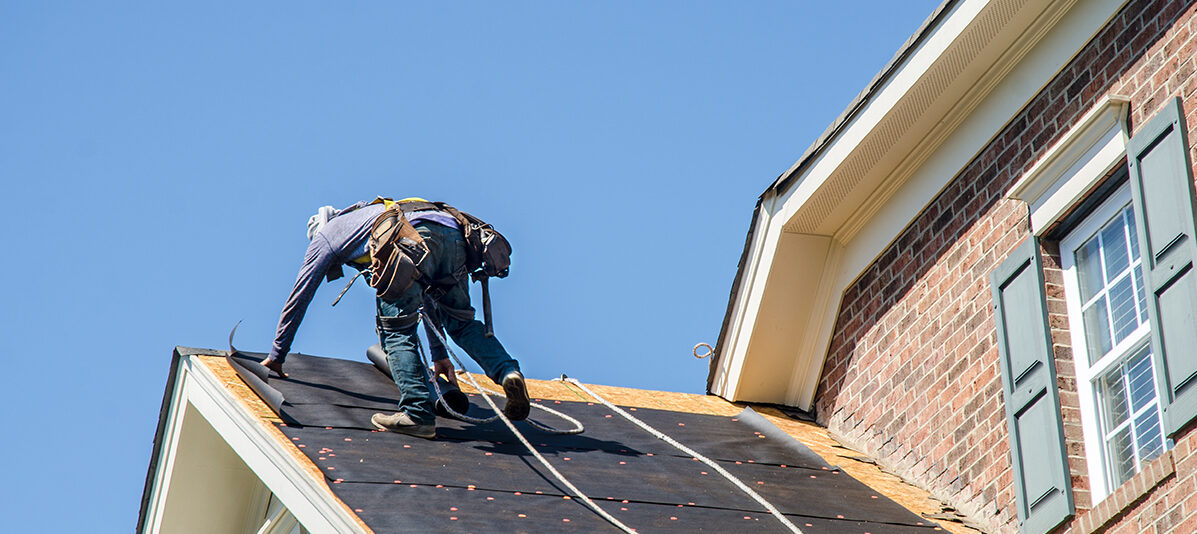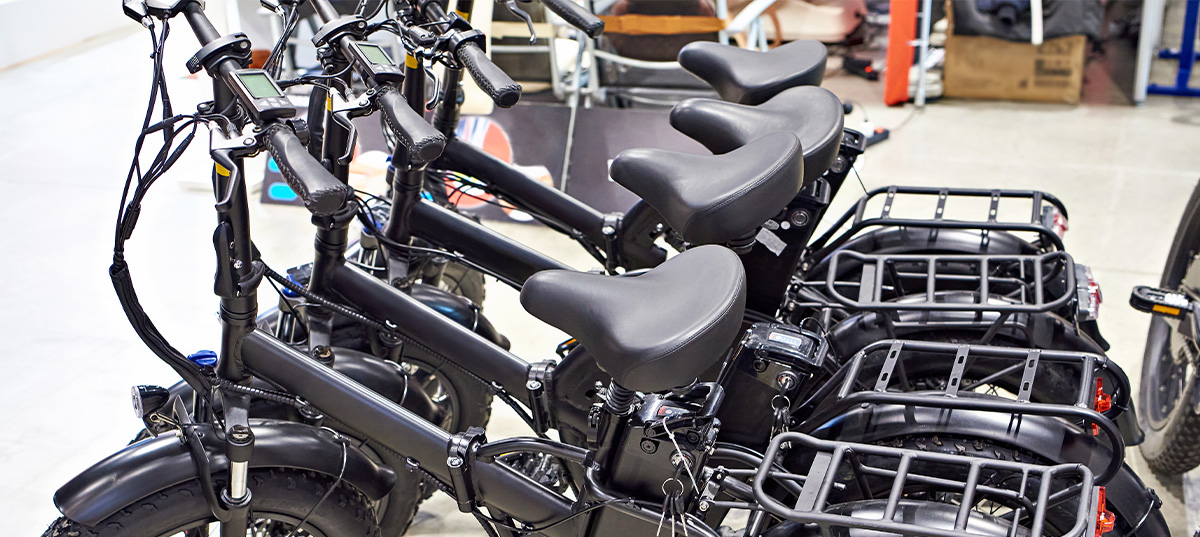When we think of general maintenance for commercial and/or industrial buildings, the light fixtures on the premises are probably not the first thing that come to mind. However, with the presence of metal halide light fixtures—commonly referred to as High-Intensity Discharge (HID) lighting systems—ignoring scheduled maintenance practices could result in a significant fire hazard to your property, as well as posing a serious bodily injury risk to visitors and employees at your facility.
Some of the characteristics and physical properties of metal halide light fixtures include the following:
- Distinguishable as a circular fixture with a rather large transparent glass light bulb.
- Often found in commercial/industrial settings with large, open areas that include warehouses, manufacturing and sporting facilities, as well as big-box retail stores.
- Bulbs may take several minutes (5 or more minutes) for full illumination.
- The bulb (often referred to as a lamp in these fixtures) can heat up to 1100 degrees Celsius (2000 degrees Fahrenheit).
- Lamps have a gas-filled inner tube consisting of quartz or a ceramic arc tube surrounded by an outer glass envelope/bulb. As an electrical current is applied, an arc is formed while vaporizing the gas (i.e. xenon, argon) inside the arc tube, increasing the temperature and pressure of the lamp to produce light emission.

Three types of lamps/bulbs frequently used in metal halide fixtures:
- E-type (Enclosed): In accordance with UL 1572, these lamps are only to be used in suitably enclosed fixtures (i.e. borosilicate glass enclosure).
- S-type (High-Pressure Sodium Lamp): Can be used in open fixtures when operated vertically, but not to be installed near people or flammable/combustible materials.
- O-Type (Open): Quartz metal halide lamps that comply with ANSI C78.387 for containment and testing and are recommended for use in open fixtures.
- Replace or modify existing fixtures to ensure containment of molten fragments of glass/quartz using tempered glass or borosilicate glass enclosure.
- Lamps should be shut off for at least 15 minutes on a weekly basis.
- Lamp replacement is recommended prior to the end of their rated life.
- Group lamp replacement for all fixtures at the same time is recommended, as opposed to individual replacement.
- Ensure lamps being used are certified and approved for open fixtures. Referred to as O-type, these lamps are equipped with an internal arc tube shield.
- Replacing the light fixtures altogether with energy efficient LED fixtures (see below)
LEDs: Initial Investment, Long-Term Gain
Recently, a client looked into replacing their metal halide light fixtures with LEDs in a 6,000 square foot wing of their manufacturing facility. That upgrade alone was projected to decrease electricity consumption by 28%, resulting in significant cost savings in coming years. With available government rebates the savings were even greater, making the combination of savings and reduced loss exposure a compelling and worthwhile upgrade.



